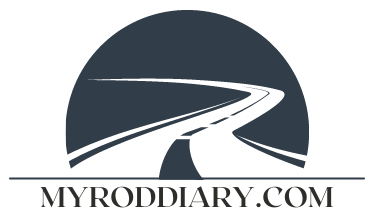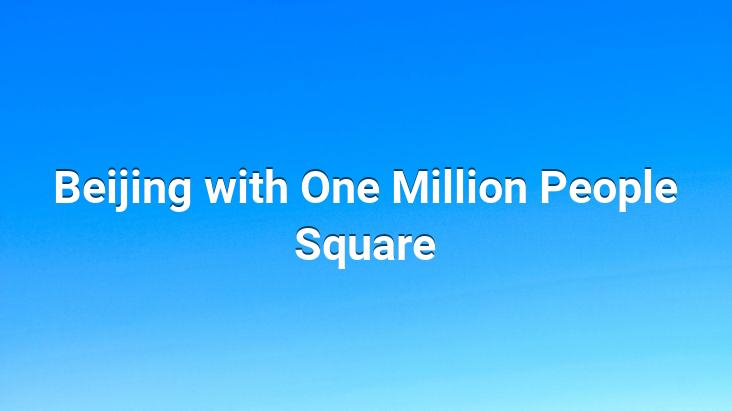Beijing,one of the world’s most populated cities, has a population of around 13 million. The majority of the population is Buddhist and Taoist. Christians, Muslims and Hindus are in the minority.. You can reach Beijing in 9 hours with direct flights from Turkey.
The city has made many breakthroughs in history.. The place where paper, compass, gunpowder and printing press are located. Beijing means “the capital in the north”
There is a terrible construction in Beijing. Newly built buildings are in competition with each other.. Beijing is a city where typical Chinese architecture (tiled ceramic roofs and rooftop figures) can be seen most clearly.. You will see red Chinese lanterns everywhere in Beijing.
The list of must-sees in Beijing is quite long.. Among them, the most important ones are; “Summer Palace”, “Temple of Good Crops”, “Tianamen Square”, “Ming Tombs”, “Cloisonne crafting”, “Great Wall” and “Forbidden City”
Tianamen Square is known as the largest square in the world. It can accommodate about 1 million people. this is 17. made in century. The square was expanded by Mao Zedong and spread over an area of 40 hectares.. 1 October 1949 50th anniversary of the founding of the People’s Republic of China. In commemoration of the year, the stones on the ground were removed and completely granite was laid.. On the south side of the square is the Mao Zedong Mausoleum, built one year after Mao’s death. Further south of the mausoleum, the only surviving gate of the 9 gates of the city walls is the Qianmen gate.. Qianmen, also known as the front gate, is a 500-year-old structure.
To the west of the square is the Great People’s Building for about 1 km.. opened in 1968. This is China’s Legislative Center. To the west of the square is the Memorial of the People’s Heroes. This 38-meter-high obelisk is made entirely of granite and was erected in 1958.. This monument is decorated with scenes depicting the history of the Chinese revolution, as well as embellished with Mao’s manuscripts. To the east of the square are the Chinese Revolution Museum and the Chinese History Museum . The Chinese Revolution Museum has more than 10,000 documents documenting the revolutionary policies of the communist party between 1919 and 1949.. The Chinese History Museum, on the other hand, contains around 300,000 artifacts from the Stone Age to the last dynasty.
On the north side of the square is the Meridian (Heaven) gate, which is the entrance to the Forbidden City.. Above this gate, on the side facing Tiananmen Square, is the picture of Mao.
Mao was born in 1893 in the village of Savshan in Hunnan Province. in 1921. Joined the Communist Party of China. He started the long march that started in Hunnan province in 1934 and started this 12,500 km long march with 100,000 people.. He made a cultural revolution from 1965 until his death in 1976.. China came under Denk China’s rule in 1978. Denk China opened its doors to western culture and western investors in 1980. He died in 1997.
Mao’s mummified body is found inside Mao’s mausoleum. There is always a long and crowded queue at the entrance of the mausoleum, which is open to visitors every day between 09:00 and 11:00.. Once inside the mausoleum, you can visit a statue of Mao sitting on his throne in the first part, and the crystal sarcophagus inside.. There is a souvenir shop in the back room.
Tianmen square very crowded day or night. The night sky is full of luminous kites. Each kite is more beautiful than the other.
We come to Ming Valley of the Tombs, 50 km northwest of Beijing. Here are the tombs of 13 of the 16 Ming Dynasties. Ming Dynastyreigned from 1368-1644. First we pass through the gate of Life. On the blue roofs of the door of life, there are small animal figures made to prevent evil spirits from coming.. The most striking of these figures are the miniature prince in the front and the horned dragon in the back.. There is a monument erected on a giant tortoise in the garden. (The turtle symbolizes long life) There is a column on the turtle and 9 dragons wrapped around each other on the column.. These 9 dragons also symbolize children. Everyone lined up here to touch the turtle’s head.. According to their beliefs, touching the head of the turtle guarantees long life.
We go to the museum first by passing through the life gate.. 13 in the museum. We come to the museum where the gold pots used by the emperor, coins, robes he wore, dragon figures, jade and pearls are found.. We ask about the tiny foot patterns we saw in the museum.. In China, there is a belief that women with small feet are more beautiful.. At that time, they put children’s feet into these molds so that their feet would not grow.
Then 13. We descend 150 steps to the cemetery of the Ming Emperor Wanli (Ding Ting), which is 27 meters below the ground. An area of 1,200 km2. The tomb consists of 5 parts.. Inside the tomb is the emperor’s throne made of white marble, a gold crown, a red coffin.. Next to his own coffin, the coffins of his wife and concubines were also located.
The Ming Dynasty coincides with the years 1368-1644.. The Ming burial chambers are covered with courtyards, gardens, and ornate pavilions similar to those in the Forbidden City.. There are arched entrance doors and relief stone carvings with clouds on the upper part, depicting Dragon and Phoenix playing with pearls in front of the doors.. We see this figure in abundance everywhere we visit in China.
After the Ming tombs, we visit a very large workshop where Chinese vases and silk paintings are made.. We witness the lace-like processing of tiny pieces shaped with copper wires on copper vases or dishes with special glue.. Colored mud is filled with a syringe into the spaces between the shapes.. It is then baked (at 900-1000o). Each color has a different cooking time.. Another color is applied and baked again.. This process is done 7-8 times.. Then there is the polishing process.. This 500 years of art from the Ming Dynasty is called “CLOISONNE”. There is a great deal of labor and effort.. As with any product, imitations made of plaster and paint have taken their place on counters everywhere.. But real Chinese made vases are excellent.
In addition, the Chinese paintings embroidered with fine silk threads are a real work of art.. Of course, we don’t leave without a vase and a painting.. We still remember our trip to Chi as we look at this vase and painting.. After watching this craftsmanship, as in all parts of China, the obligatory destination is the huge shopping places they call Friendship Stores. There is no escape. Then the restaurant. You have to go through shopping malls at the entrance and exit of many restaurants.. There are more than 1000 restaurants in the city.. We did our shopping, ate our food and drank our green tea.. Now we are ready to go to the Great Wall of China.
Beijing is a city that offers many options in terms of accommodation. If a few hotel recommendations are given among expensive and economical hotels here, Beijing Regal Hotel Wangfujing can be considered.. The hotel is located in the city’s most important shopping street, as well as being directly opposite the Beijing Art Museum.. As an alternative to this hotel, 161 Hotel, which is a very economical hotel, is a hotel that can be preferred for those with a limited budget.. In terms of location, it is a 10-minute walk from Tiananmen Square and Jingshan Park. If you want to be closer to touristic and historical sites, you can reach Drum Tower, Shishahai Park, Gong Wang Fu and Ditan Park by walking Bamboo Garden Hotel is one of the hotels that are convenient both economically and in terms of location.. For other hotel options in Beijing, you can log on to booking.com and make a reservation.

